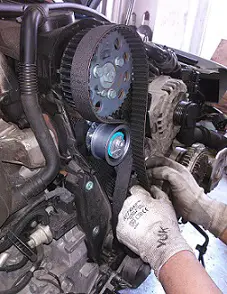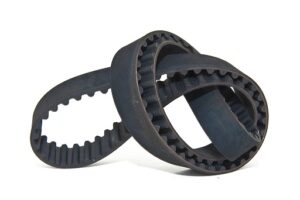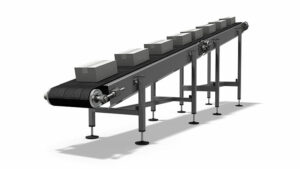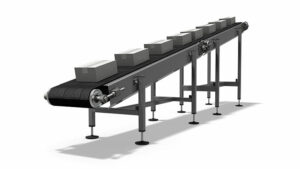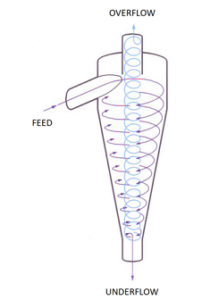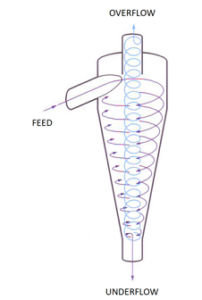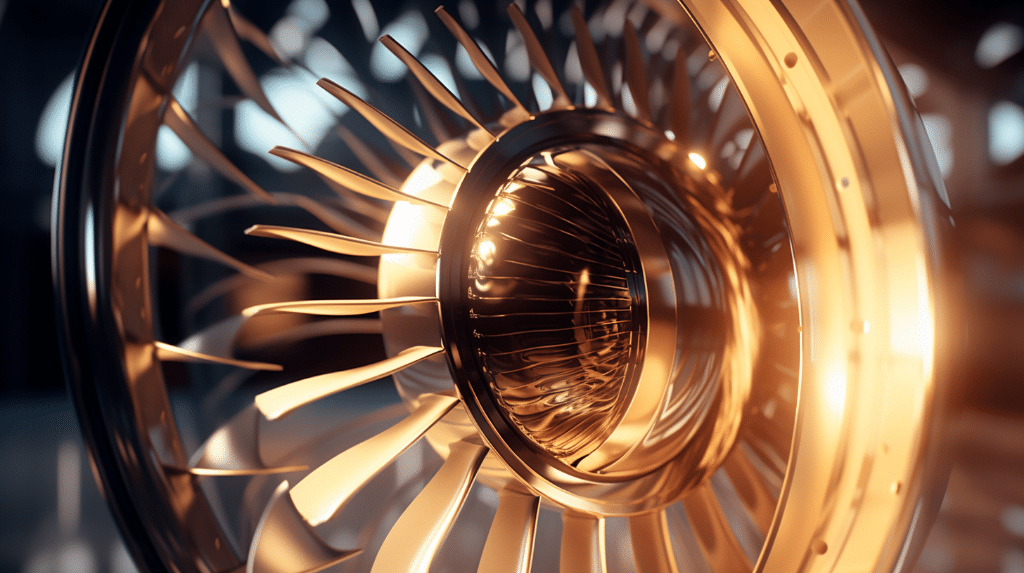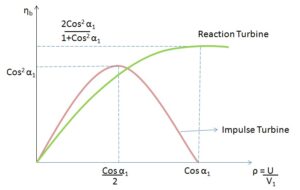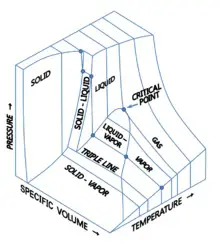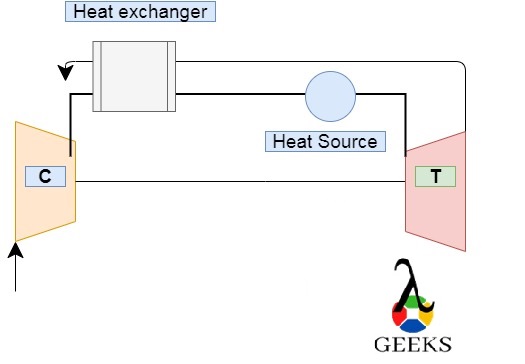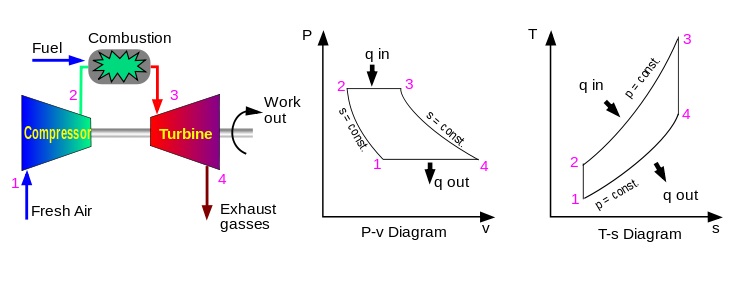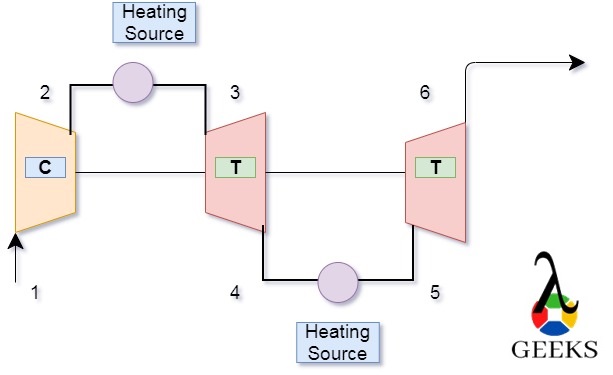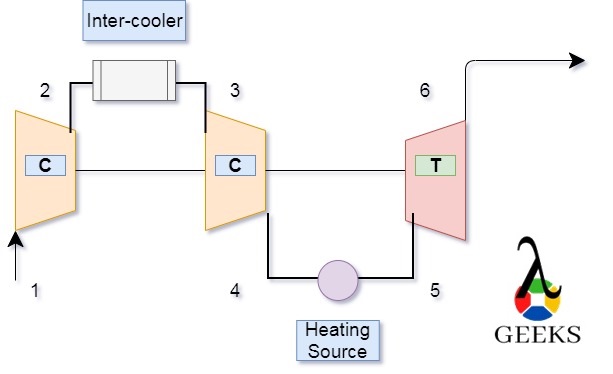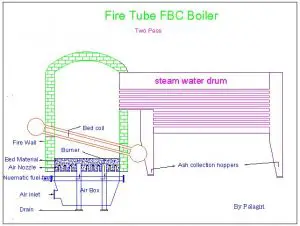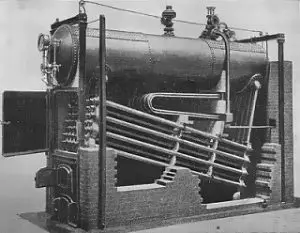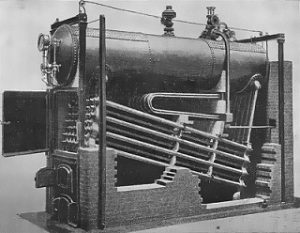When it comes to measuring a timing belt pulley, accuracy is key. Whether you need to replace a worn-out pulley or find a suitable replacement, knowing the correct measurements is crucial. Measuring a timing belt pulley involves determining the pitch diameter, outside diameter, and number of teeth. By understanding these measurements, you can ensure a proper fit and optimal performance for your timing belt system.
Key Takeaways:
| Measurement | Description |
|---|---|
| Pitch Diameter | The diameter of the circle that passes through the belt’s tooth centerline. |
| Outside Diameter | The overall diameter of the pulley, including the teeth. |
| Number of Teeth | The total count of teeth on the pulley. |
Understanding Timing Belt Pulleys
Timing belt pulleys play a crucial role in the functioning of a timing belt system. They are responsible for transferring power from the engine to various components, ensuring precise timing and synchronization. In this article, we will explore some key aspects of timing belt pulleys, including timing belt pitch length, pulley specifications, and standard sizes.
What is Timing Belt Pitch Length?
Timing belt pitch length refers to the distance between the centers of two adjacent teeth on a timing belt. It is an essential measurement when it comes to selecting the right timing belt pulley for a specific application. The pitch length determines the overall length of the timing belt and affects the speed ratio between the driving and driven pulleys.
Timing Belt Pulley Specifications
When it comes to timing belt pulleys, there are various specifications to consider. These specifications ensure compatibility and optimal performance within a timing belt system. Some of the key specifications include:
-
Pulley Diameter: The diameter of the timing belt pulley affects the speed ratio and torque transmission. It is crucial to select a pulley with the appropriate diameter to maintain the desired speed and power transfer.
-
Pulley Width: The width of the pulley corresponds to the width of the timing belt. It is important to measure the pulley width accurately to ensure a proper fit and prevent any slippage or misalignment.
-
Pulley Groove: The pulley groove is designed to accommodate the teeth of the timing belt. Measuring the groove dimensions accurately is essential to ensure a secure fit and proper engagement between the belt and pulley.
-
Belt Tension: Proper belt tension is crucial for the smooth operation of a timing belt system. Measuring and maintaining the correct belt tension ensures optimal performance and prevents premature wear or failure.
Timing Pulley Standard Sizes
Timing belt pulleys are available in a range of standard sizes to accommodate different applications. These standard sizes are based on industry standards and provide a convenient selection for various belt widths and tooth profiles. Some common standard sizes include:
| Pitch Diameter (mm) | Number of Teeth |
|---|---|
| 20 | 10 |
| 30 | 15 |
| 40 | 20 |
| 50 | 25 |
| 60 | 30 |
These standard sizes serve as a starting point when selecting a timing belt pulley. However, it is important to consider the specific requirements of the application and consult the manufacturer’s guidelines for optimal pulley selection.
How to Measure a Timing Belt Pulley
If you’re working on a project that involves timing belt pulleys, it’s important to know how to measure them accurately. Whether you need to replace a worn-out pulley or find the right size for your application, understanding the dimensions of a timing belt pulley is crucial. In this guide, we’ll walk you through the process of measuring a timing belt pulley step by step.
How to Measure Pulley Size
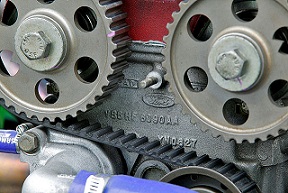
To determine the size of a timing belt pulley, you’ll need to measure its outside diameter, pitch, and width. Let’s start with the pulley size measurement:
-
Use a caliper or a ruler with millimeter markings to measure the outside diameter of the pulley. Make sure to measure across the widest point of the pulley, including any flanges or protrusions.
-
Write down the measurement in millimeters. This value represents the outside diameter of the timing belt pulley.
How to Find the Outside Diameter of a Timing Pulley
The outside diameter of a timing pulley is an essential measurement when it comes to selecting the right pulley for your application. Here’s how you can find the outside diameter:
-
Place the timing pulley on a flat surface, ensuring that it sits evenly.
-
Use a caliper or a ruler to measure the distance from one edge of the pulley to the opposite edge, passing through the center. This measurement represents the outside diameter of the timing pulley.
-
Note down the measurement in millimeters. This value will help you identify the correct pulley size for your timing belt system.
How to Measure the Pitch of a Timing Pulley
The pitch of a timing pulley refers to the distance between adjacent teeth. Measuring the pitch is crucial for ensuring proper synchronization between the pulley and the timing belt. Here’s how you can measure the pitch:
-
Align the timing belt pulley so that one tooth is facing directly upwards.
-
Use a timing belt pulley gauge or a ruler to measure the distance from the center of one tooth to the center of the adjacent tooth. This measurement represents the pitch of the timing pulley.
-
Record the measurement in millimeters. The pitch value will help you identify the correct timing belt for your pulley.
How to Measure Belt Pulley Diameter
In addition to the outside diameter, it’s also important to measure the belt pulley diameter. This measurement helps determine the appropriate belt tension and ensures proper power transmission. Here’s how you can measure the belt pulley diameter:
-
Place the timing belt pulley on a flat surface.
-
Use a caliper or a ruler to measure the distance from one edge of the pulley’s groove to the opposite edge, passing through the center. This measurement represents the belt pulley diameter.
-
Write down the measurement in millimeters. This value will assist you in selecting the correct belt size and tension for your timing belt system.
Remember, accurate measurements are crucial when it comes to selecting the right timing belt pulley for your application. By following these steps and using the appropriate measurement tools, you can ensure a proper fit and optimal performance of your timing belt system.
Now that you know how to measure a timing belt pulley, you can confidently proceed with your project and find the perfect pulley size for your needs.
Measuring the Timing Belt
The timing belt is a crucial component in an engine’s operation, ensuring the synchronization of the crankshaft and camshaft. To ensure optimal performance and prevent potential damage, it is important to measure the timing belt accurately. In this guide, we will explore different methods to measure a timing belt, its length, the distance between two pulleys, and the pitch.
How to Measure a Timing Belt
When measuring a timing belt, it is essential to consider various factors such as the belt’s width, pitch, and profile. Here are the steps to measure a timing belt:
-
Measure the Belt Width: Use a caliper or ruler to measure the width of the timing belt. Ensure that the measurement is taken at the widest point of the belt.
-
Determine the Belt Pitch: The pitch refers to the distance between the center of one tooth to the center of the next tooth on the belt. Measure the pitch by placing a ruler or timing belt pitch gauge against the teeth and measuring the distance.
-
Identify the Belt Profile: Timing belts come in different profiles, such as HTD, GT, or T. To identify the profile, measure the distance between the highest point of the tooth to the bottom of the belt.
How to Measure a Timing Belt Length
Measuring the length of a timing belt is crucial for proper installation and tensioning. Here’s how you can measure the length of a timing belt:
-
Wrap the Belt Around the Pulleys: Install the timing belt around the pulleys as you would during normal operation.
-
Measure the Belt Length: Use a flexible measuring tape or string to measure the length of the timing belt. Start from the center of one pulley, follow the belt’s path, and measure until you reach the center of the same pulley.
-
Consider Belt Tension: It’s important to note that the tension applied to the belt can affect its length. Ensure that the belt is properly tensioned before taking the measurement.
How to Measure the Timing Belt Between Two Pulleys
Measuring the distance between two pulleys is necessary to determine the appropriate length of the timing belt required. Follow these steps to measure the timing belt between two pulleys:
-
Identify the Pulley Grooves: Count the number of grooves on each pulley. This information is crucial for calculating the correct belt length.
-
Measure the Center-to-Center Distance: Use a measuring tape or ruler to measure the distance between the center of one pulley to the center of the other pulley. This measurement will help determine the required belt length.
-
Calculate the Belt Length: Use the formula: Belt Length = (2 × Center-to-Center Distance) + (π × (Pulley Diameter 1 + Pulley Diameter 2)) + ((Pulley Grooves 1 – Pulley Grooves 2) × Pitch).
How to Measure Pitch on a Timing Belt
The pitch of a timing belt refers to the distance between the center of one tooth to the center of the next tooth. To measure the pitch accurately, follow these steps:
-
Use a Timing Belt Pitch Gauge: A timing belt pitch gauge is a specialized tool designed to measure the pitch accurately. Place the gauge against the teeth of the timing belt and read the measurement.
-
Measure Manually: If a pitch gauge is not available, you can measure the pitch manually using a ruler or caliper. Measure the distance between the center of one tooth to the center of the next tooth.
By following these measurement techniques, you can ensure the accurate sizing and installation of your timing belt. Remember to consult the manufacturer’s specifications and guidelines for precise measurements.
Calculating Belt and Pulley Parameters
Calculating belt and pulley parameters is an essential step in designing and maintaining efficient mechanical systems. By accurately determining the dimensions and specifications of timing belts and pulleys, you can ensure optimal performance and longevity of your machinery. In this article, we will explore the key formulas and methods used to calculate these parameters.
Timing Belt Calculation Formula
To calculate the dimensions of a timing belt, you need to consider several factors such as the pitch, width, and profile of the belt. The pitch refers to the distance between the teeth on the belt, while the width determines the contact area between the belt and the pulley. The profile of the belt corresponds to the shape of the teeth, which varies depending on the specific application.
One commonly used formula for timing belt calculation is:
Belt Length = (2 * Center Distance) + (π * (Pulley Diameter1 + Pulley Diameter2)) + ((Pulley Diameter2 - Pulley Diameter1)^2) / (4 * Center Distance)
Here, the center distance refers to the distance between the shafts of the two pulleys, and Pulley Diameter1 and Pulley Diameter2 represent the diameters of the two pulleys respectively.
How to Calculate Pulley Belt Length
Calculating the length of a pulley belt is crucial for ensuring proper tension and alignment. The length of the belt determines the distance it will travel around the pulleys, and it should be chosen carefully to avoid slippage or excessive tension.
To calculate the pulley belt length, you can use the following formula:
Belt Length = 2 * (Center Distance + √((Pulley Diameter1/2)^2 + (Pulley Diameter2/2)^2))
In this formula, the center distance represents the distance between the shafts of the two pulleys, and Pulley Diameter1 and Pulley Diameter2 correspond to the diameters of the pulleys.
How to Calculate Timing Pulley Belt Length
When it comes to timing pulleys, the calculation of the belt length is slightly different. Timing pulleys have grooves that match the teeth on the timing belt, ensuring precise synchronization between the pulleys.
To calculate the timing pulley belt length, you can use the following formula:
Belt Length = (2 * Center Distance) + (π * (Pitch Diameter1 + Pitch Diameter2)) + ((Pitch Diameter2 - Pitch Diameter1)^2) / (4 * Center Distance)
Here, the center distance refers to the distance between the shafts of the two pulleys, and Pitch Diameter1 and Pitch Diameter2 represent the pitch diameters of the pulleys.
By using these formulas and understanding the key parameters involved, you can accurately calculate the dimensions and specifications of timing belts and pulleys for your specific application. It is important to note that there are various tools available, such as pulley groove gauges and pulley measurement tools, that can assist in the measurement process and ensure accurate results.
Remember to always consider factors like belt tension measurement and timing belt inspection to maintain optimal performance and safety. With proper calculation and attention to detail, you can ensure the smooth operation of your machinery and avoid costly downtime.
Checking and Testing Timing Components
When it comes to maintaining the timing components in your vehicle’s engine, it is crucial to regularly check and test them to ensure optimal performance and prevent any potential issues. In this guide, we will focus on three key components: the timing belt tensioner, timing belt pulley, and timing chain tensioner. By understanding how to check and test these components, you can identify any problems early on and take the necessary steps to address them.
How to Check Timing Belt Tensioner
The timing belt tensioner plays a vital role in maintaining the correct tension of the timing belt. To check the timing belt tensioner, follow these steps:
-
Start by visually inspecting the timing belt tensioner for any signs of wear, such as cracks or fraying. Ensure that the tensioner is securely mounted and that there are no loose or damaged components.
-
Next, measure the timing belt pulley dimensions, including the pulley diameter, width, and groove. This can be done using pulley measurement tools or a timing belt pulley gauge. Refer to the manufacturer’s specifications for the correct measurements.
-
Check the timing belt tension by applying pressure to the belt midway between two pulleys. The belt should have a slight amount of give, but it should not be too loose or too tight. If the tension is not within the recommended range, the timing belt tensioner may need to be adjusted or replaced.
How to Test Timing Belt Tensioner
Testing the timing belt tensioner is essential to ensure its proper functioning. Here’s how you can test the timing belt tensioner:
-
Start by rotating the engine to the timing mark for the top dead center (TDC) position. This will allow you to access the timing belt tensioner easily.
-
Apply a moderate amount of force to the timing belt at a point midway between two pulleys. Observe the deflection of the belt. It should deflect slightly, indicating that the tensioner is functioning correctly.
-
If the belt deflects too much or does not deflect at all, it may be a sign of a faulty timing belt tensioner. In such cases, it is recommended to replace the tensioner to prevent any potential timing belt failure.
How to Test a Timing Chain Tensioner
For vehicles equipped with a timing chain, testing the timing chain tensioner is crucial for proper engine operation. Here’s how you can test the timing chain tensioner:
-
Start by visually inspecting the timing chain tensioner for any signs of wear or damage. Ensure that it is securely mounted and that there are no loose or broken components.
-
Check the timing chain tension by applying pressure to the chain midway between two sprockets. The chain should have a slight amount of give, but it should not be too loose or too tight. If the tension is not within the recommended range, the timing chain tensioner may need to be adjusted or replaced.
-
Additionally, inspect the timing chain for any signs of excessive wear, such as stretched links or damaged teeth. If any issues are detected, it is advisable to replace the timing chain and tensioner as a set to ensure proper operation.
By regularly checking and testing the timing components in your vehicle’s engine, you can maintain their optimal performance and prevent any potential issues. Remember to refer to the manufacturer’s specifications and guidelines for accurate measurements and procedures.
Frequently Asked Questions
Q1: What are timing belt pulley specifications?
A: Timing belt pulley specifications refer to the detailed parameters of a timing belt pulley, including its diameter, pitch (the distance between the centers of two adjacent teeth), width, and number of teeth. These specifications are crucial for ensuring the proper functioning of the pulley system.
Q2: How do I measure a timing belt?
A: To measure a timing belt, you need to determine its length, width, and pitch. The length can be measured by laying the belt out flat and measuring it from end to end. The width is measured across the top of the belt. The pitch is measured as the distance from the center of one tooth to the center of the next.
Q3: How can I test a timing chain tensioner?
A: To test a timing chain tensioner, you can manually apply pressure to it and observe if it maintains its position. If it fails to hold its position or is excessively loose, it may be faulty. For specific models like the Audi A4, it’s recommended to refer to the vehicle’s service manual for detailed procedures.
Q4: How do I test a drive belt tensioner?
A: To test a drive belt tensioner, you can use a belt tension gauge or apply manual pressure to see if the tensioner maintains its position. If it moves too easily or doesn’t return to its original position, it may need to be replaced.
Q5: How do I calculate pulley belt length?
A: To calculate pulley belt length, you can use the formula: Belt Length = 2(Center Distance) + 1.57(Pulley Diameter) + (Pulley Diameter Difference / 2). This formula assumes that the belt is running on the outermost part of the pulleys.
Q6: How do I measure a timing belt pulley?
A: To measure a timing belt pulley, you need to determine its diameter, width, and number of teeth. The diameter can be measured using a caliper, the width can be measured at the base of the teeth, and the number of teeth can be counted manually.
Q7: How do I check a timing chain tensioner?
A: Checking a timing chain tensioner involves observing its ability to maintain tension. If it’s loose or doesn’t return to its original position after being moved, it may be faulty. For specific models, refer to the vehicle’s service manual for detailed procedures.
Q8: How do I calculate timing pulley belt length?
A: The formula to calculate timing pulley belt length is: Belt Length = 2(Center Distance) + 1.57(Pulley Diameter) + (Pulley Diameter Difference / 2). This formula assumes that the belt is running on the outermost part of the pulleys.
Q9: How do I measure pitch on a timing belt?
A: To measure the pitch on a timing belt, measure the distance from the center of one tooth to the center of the next tooth. This can be done using a caliper or other precise measuring tool.
Q10: How do I check a timing belt tensioner?
A: To check a timing belt tensioner, apply pressure to it manually. If it doesn’t maintain its position or is excessively loose, it may need to be replaced. A belt tension gauge can also be used for a more precise measurement.

